Dutch Gag Vs. Pelham: Bits That Will Increase Your Horse's Performance
Jan 03, 2024 | Super Equestrian
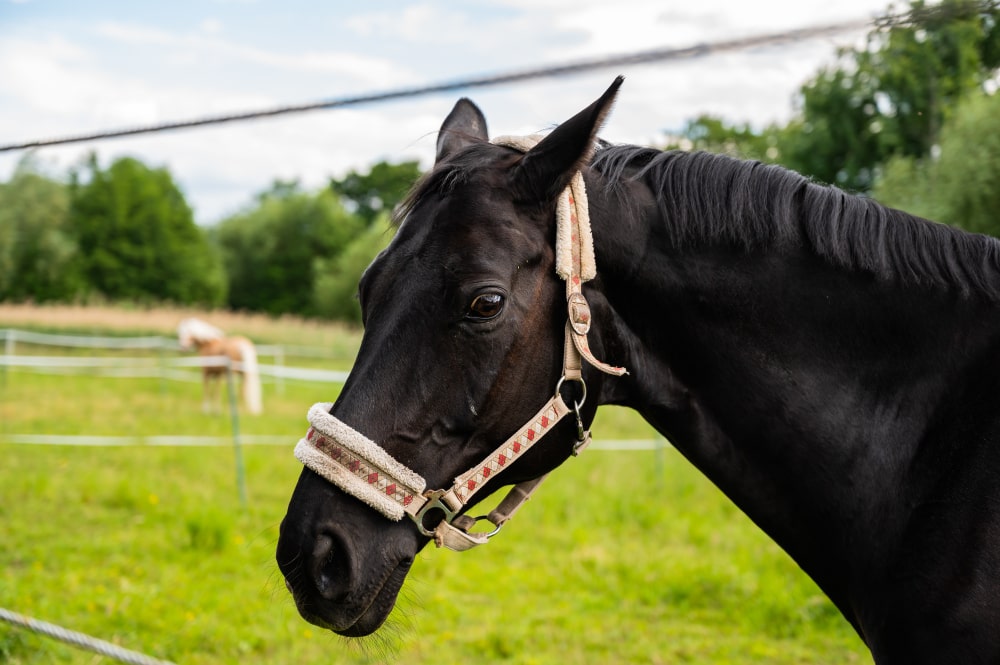
I remember when I first started riding, I was completely lost when it came to bits. My trainer suggested I try a Dutch Gag on my young horse who had a tendency to pull. I dutifully bought the bit and fitted it on, excited to see the results.
However, instead of a more relaxed and responsive horse, I ended up with a tense and anxious animal who was constantly fighting the bit. Frustrated and confused, I sought out the advice of a more experienced rider.
She explained to me that the Dutch Gag, with its leverage action, was simply too strong for my young and sensitive horse. She suggested I try a Pelham instead, which has a milder action and encourages the horse to round its back and carry itself better.
I switched bits, and the difference was night and day. My horse was much more relaxed and responsive, and my riding improved as a result.
So, Why did it happen? What makes these two things affect horses in different ways?
History of the Dutch Gag and Pelham
Both of these are playing a major role in various equestrian disciplines in the current era. Their historical origin explains how they have remained popular with riders since ancient times.
When and where were Dutch gags and pelhams first developed?
While the Dutch gag emerged in the 17th century, its roots might stretch back further. Some scholars suggest its design draws inspiration from ancient Greek and Roman bits, which also employed leverage and pressure points on the horse's head.

During the Middle Ages, European knights used various bits with curb chains and leverage mechanisms, laying the groundwork for later innovations. One such example is the "bridoon à branches," a bit with two shanks and a snaffle mouthpiece, used for controlling warhorses.
By the 17th century, the Dutch gag found its place in the burgeoning world of dressage, particularly in the Netherlands and France. Its ability to elevate the head and engage the hindquarters was valued for creating a more collected and elegant posture.
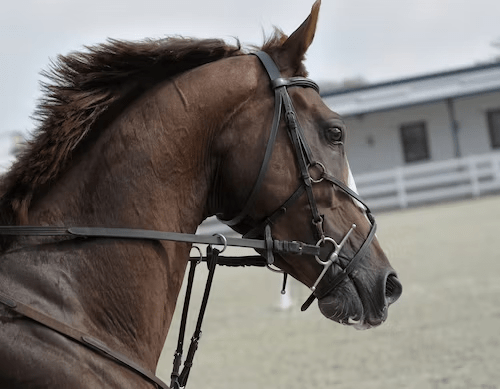
Who invented them?
Before that can you tell what the people residing in the Netherlands are commonly known as?
Well…they are commonly referred to as “Dutch”. Now, let's get to the point…
It is believed that, due to the popularity or common use of the gag beat or bubble beat in the Netherlands, it is named the Dutch gag.
Conversely, the pelham bit is a more recent invention, developed in the 19th century by the Duke of Newcastle. It was intended to be a milder alternative to the Dutch gag bit.
How have they been used historically?
Uses of Dutch gags: Paintings and engravings from the 17th and 18th centuries often portray horses adorned with Dutch gags, highlighting their prevalence in equestrian circles. These artistic representations offer valuable insights into the bit's historical use and style.
Uses of Pelham: Pelham bits are historically associated with different variations of English riding except dressage. That means, these bits have historically been used for hunting, jumping, and eventing (where horses are used for different types of riding competitions).
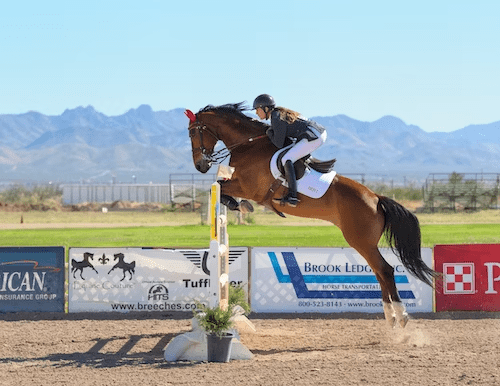
Dutch Gags Vs Pelham: Who's Gonna Win?
A very common tendency of nature is that everyone looks for the perfect and best one.
The same is somewhat true for selecting an equine bit as well. Understanding the differentiations between the renowned Dutch gags and Pelham bits is essential for determining the best option. Then, you can say which one is gonna win.
| Vital Elements | Dutch Gags | Pelham |
| Pattern of control | Lift the horse's head | Pulls the horse both up and down |
| Design of cheek piece | Sliding cheek piece | Fixed cheek piece |
| The force of direct action | Less | More |
| Applies pressure on | Both mouth and poll(A portion of the horse's head) | Poll, chin groove (when curb rein is used to control the horse), and sides of the mouth(when snaffle rein is used to create direct pressure) |
| The attachment site of two reins | One rein remains attached to the snaffle ring(jointed mouthpiece provides direct pressure)and another one with the down ring. Four rings of bits are also available. | One rein is attached to the snaffle ring and another rein to the bottom of the shank (provides additional pressure). |
| Movement of the bit ring | Sliding | No movement due to having a fixed shank |
| Leverage action | Better | Stronger |
| Severity of control and pressure | Less | More |
How Do You Choose the Right Bit for Your Horse?
Although both these bits have distinct functions in various equine disciplines, still you have to choose any of them justifying some factors.
Just keep in mind: choosing the right bit can help to increase the performance of your equine partner and bring out comfort and flexibility in your riding.
In the case of the Dutch gag, you can ride with a snaffle rein and take a break by using the bottom rein. If your horse has a tendency to lean forward and keeps its head down, you can use a Dutch gag bit.
This bit can help you to control your horse by lifting its head. Considering your horse's temperament and sensitivity try to understand which bit would be suitable for it.
If your horse needs mild leverage, go for the Dutch gag because it has a sliding cheek piece that helps to provide subtle cues.
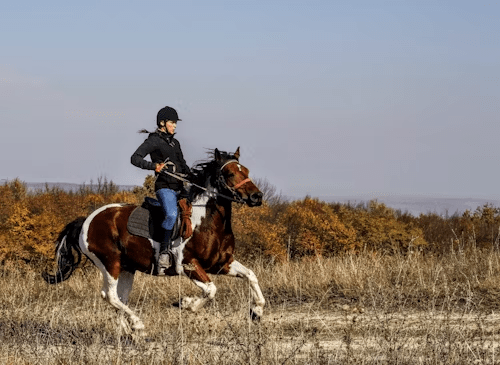
On the other hand, if you want more leverage and control, you can use a Pelham bit. Just keep in mind that, if you handle the rein incorrectly, your horse will get injured. Since the Pelham bit contains a curb in it, you should understand the use of this curb bit properly.
A professional horse rider or trainer can help you to choose the right bit based on your preference.
How to use a Dutch gag or pelham?
If you want to use the Dutch gag or Pelham for specific riding activities, you have to learn how to handle these bits properly. Then, get your horse used to the bits by providing it with some training. Create good communication with it and give reward-based training so that it can enjoy the learning session from its heart.
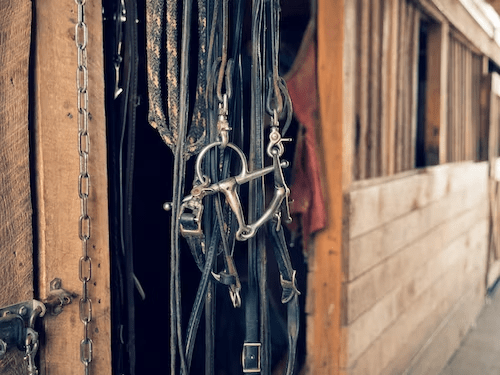
Since both Dutch gag and Pelham are used by double reins you have to learn the techniques of handling them. One rein is for bitless bridle or snaffle bit and another one is for curb bit. The bitless bridle or snaffle bit is placed into the horse's mouth.
So, you can make direct communication with your horse by using the rein which is attached to the snaffle bit. Then the horse will stop or turn according to the indicated direction.
On the other hand, if you hold the rein which is attached to the curb bit, creates pressure to the horse's poll or chin groove. You can use this rein to induce subtle cues and improve the head position of your horse.
In the case of show jumping (performed in the Olympics or other equestrian events), cross country (horse racing happens on the land, far away from the city, where riders need to cross so many obstacles), or hacking (riding proximity to the nature without any competition) in open spaces you can use this bit to create poll pressure.
In Conclusion
Different types of bits work better for different horses. After gathering knowledge about all the bits you have to select the right one for your horse. Here, you should definitely give priority to your horse's characteristics, preferences, and your own convenience.
Hope our small discussion may help you to understand which bit would be perfect for your horse between the Dutch gag and Pelham bits. If you have any queries about the bits you can comment here.
Feel free to share this article with anyone you know who is looking for a quality bit that will be suitable for their horse.
Recent Blogs
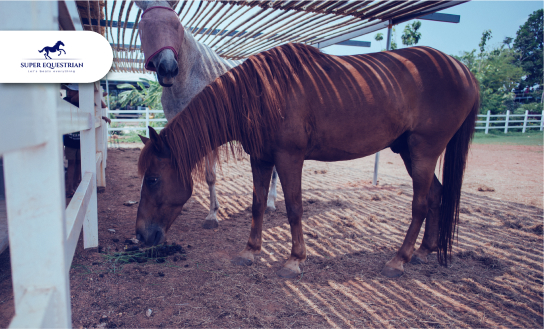
Common Equine Diseases and How ...

Equine Health Supplements: What Every ...
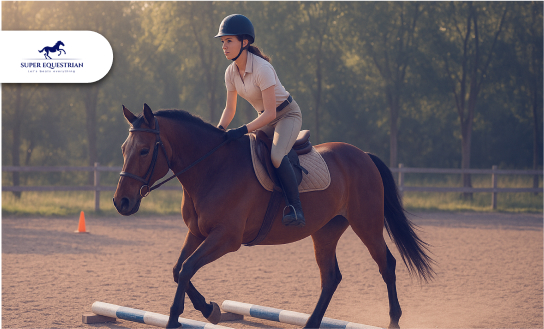
Jumping Basics: How to Prepare ...
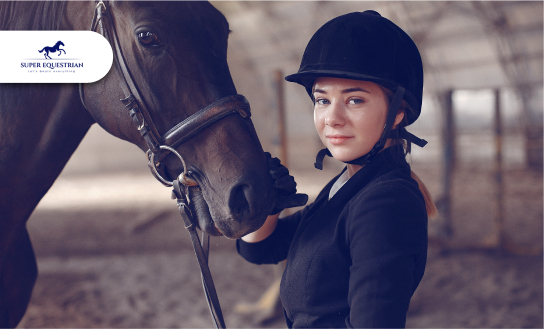
Essential Horse Riding Gear for ...

How to Balance Work, Life, ...

How to Balance Work, Life, ...
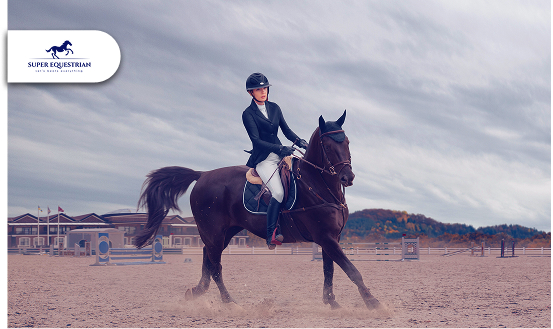
Top 5 Exercises to Improve ...
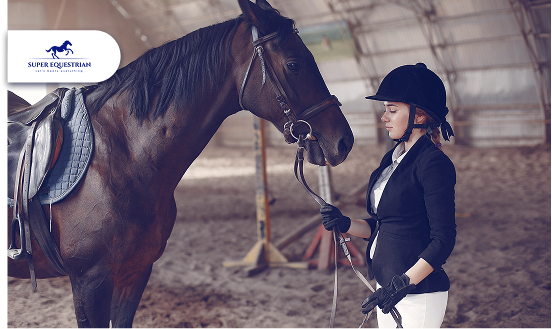
How to Build Confidence as ...

Spotlight on Equestrian Legends: Riders ...

Horse Auctions and Sales...

Top Horse Friendly Travel Destinations ...

How to Build Stronger Bonds ...

Upcoming Horse Shows and Competitions ...

MIPS Equestrian Helmet The Future ...
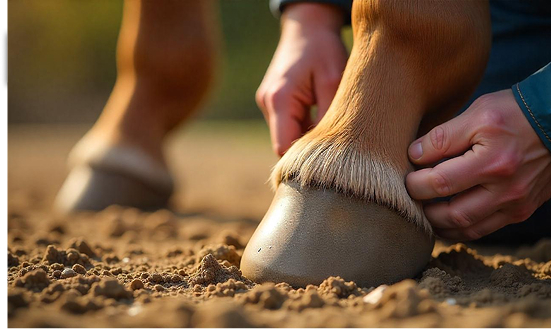
How to Recognize and Treat ...
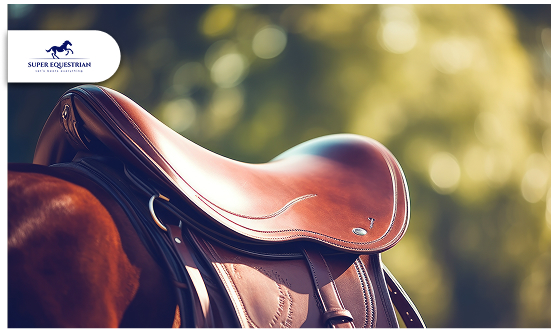
How to Choose the Perfect ...

Horse-Themed Gifts Unique Ideas ...
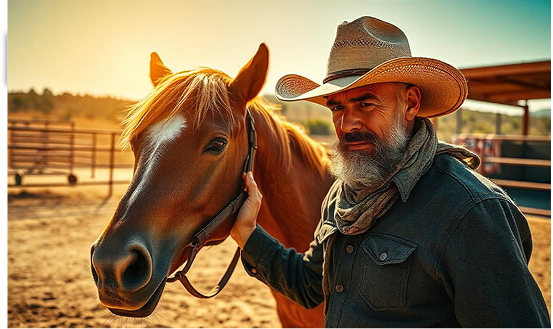
Horse Training Techniques: Creating A ...
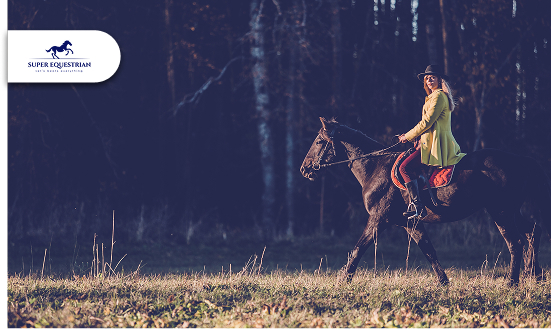
Horseback Riding Lessons – Everything You ...
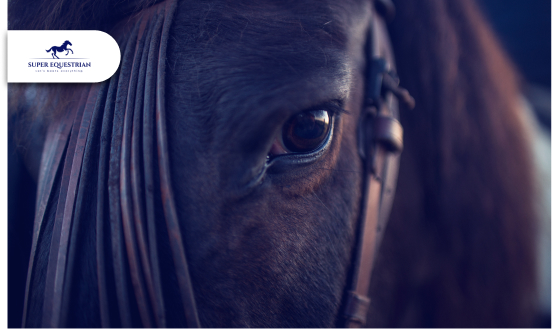
Horse Photography Tips: Learn the ...
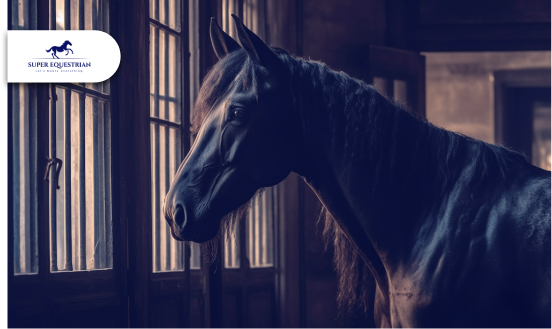
Horse Stable Management: The Quiet ...
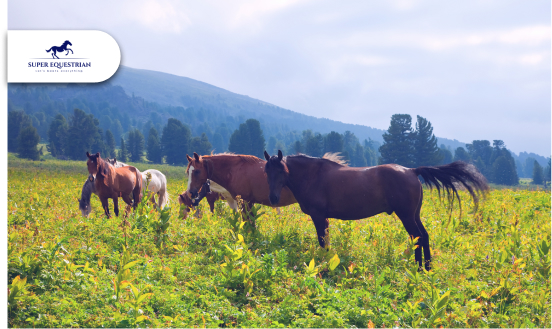
Horse Rescue Organizations: A Profound ...
Horse Racing Events A Look ...
Best Horse Manure Fork Six ...
What Are The Rarest Horses ...
What Does It Mean When ...
Horse Insurance Providers This Is ...

Horse Behaviour and Psychology: Learn ...

How Much Does a Horse ...
.jpg)
Best Monoflap Saddles For Your ...
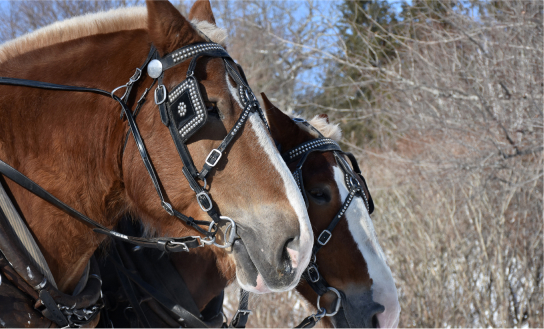
Best Hackamore For Barrel Racing...
.jpg)
Best Barrel Racing Reins Top ...
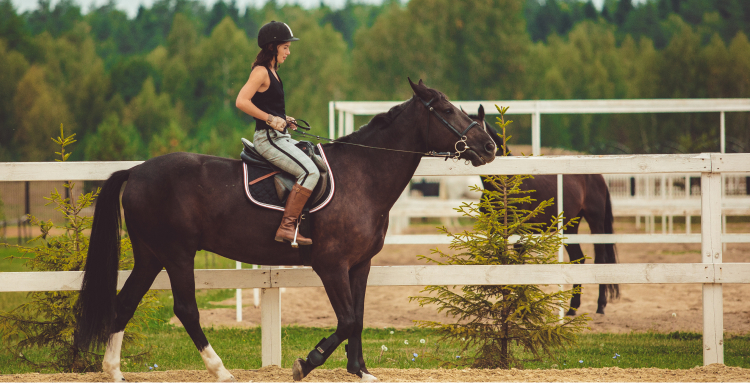
Horse Anatomy And Physiology: Facts ...
.jpg)
Best Stirrups For Ankle Pain - ...
.jpg)
Horse Care Tips and Tricks: ...
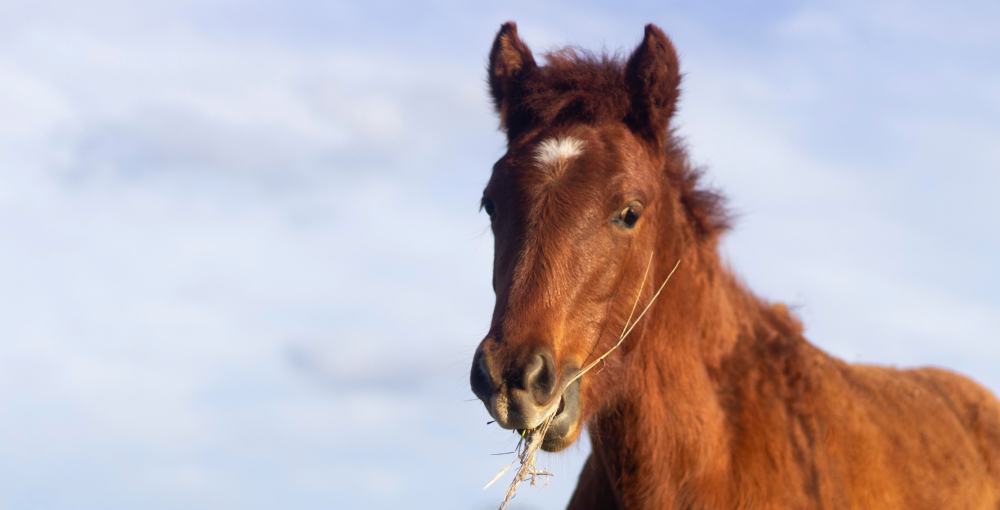
What Do Wild Horses Eat- ...
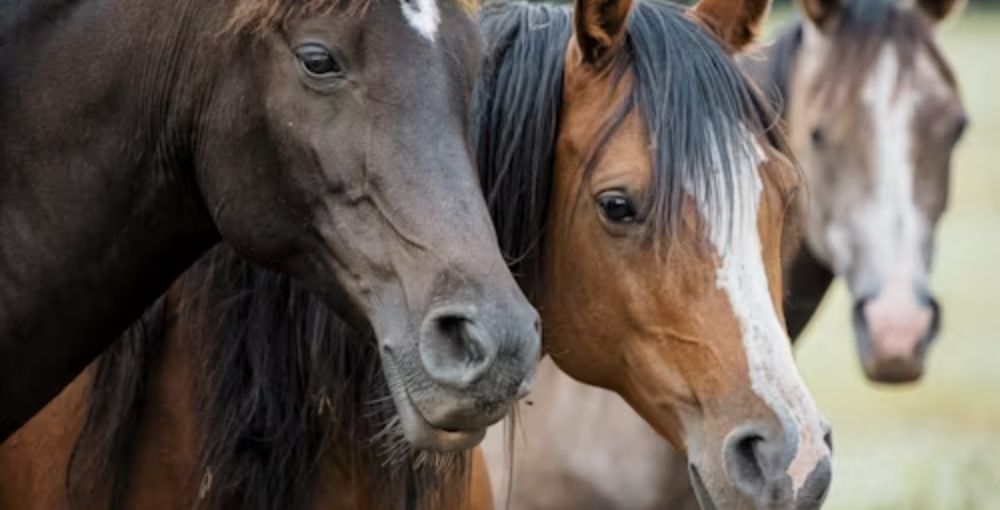
Horse Breeds and Characteristics: How ...
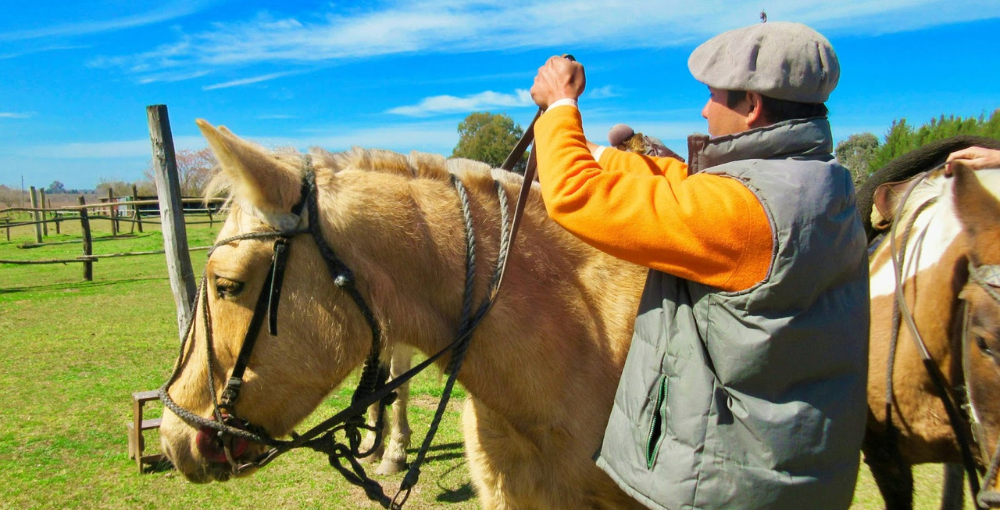
Best Barrel Racing Reins - Top ...

Horse Breeds and Characteristics: How ...

Best Breeches For Curvy Riders...
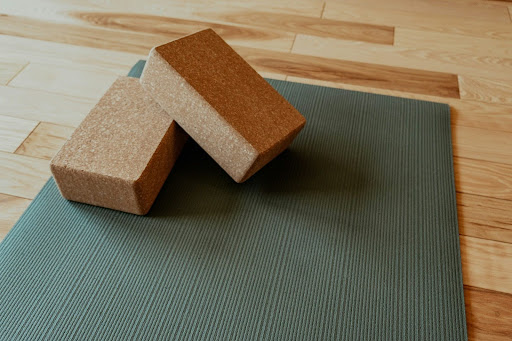
Best Stall Mats For Horses - ...

Best Horse Brushes ( A Thread ...

Best Saddle Rack ( Keep Your ...

Best Bit For Training a ...
.jpg)
10 Morgan Horse Show Held ...

Is Mason Sand Or Concrete ...
.jpg)
Best Girth For Your Horse ...
.jpg)
Ranch Cutter vs Cowhorse Saddle? ...
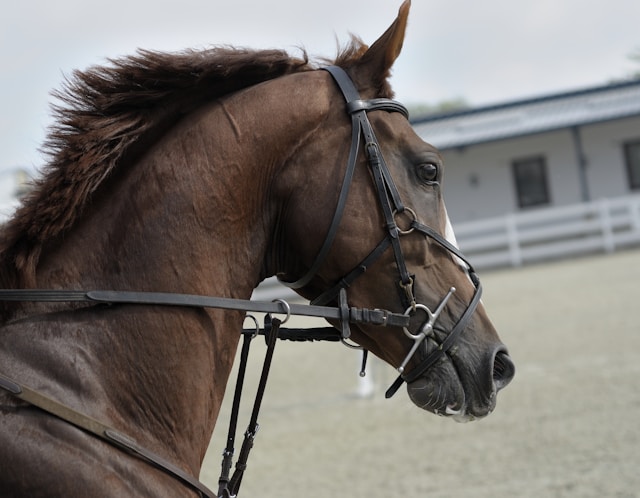
Types of Horse Bit and ...
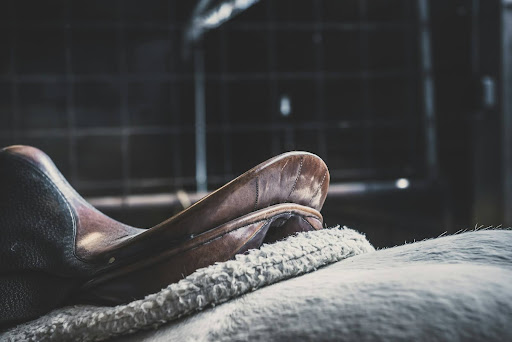
Is Hilason a Good Saddle ...
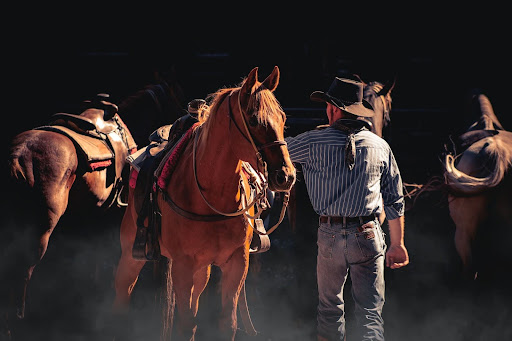
How to choose a bit ...
.jpg)
Best Salt Blocks For Horses...
.jpg)
Types of Horse Brushes (Equine ...

How To Get a Horse ...
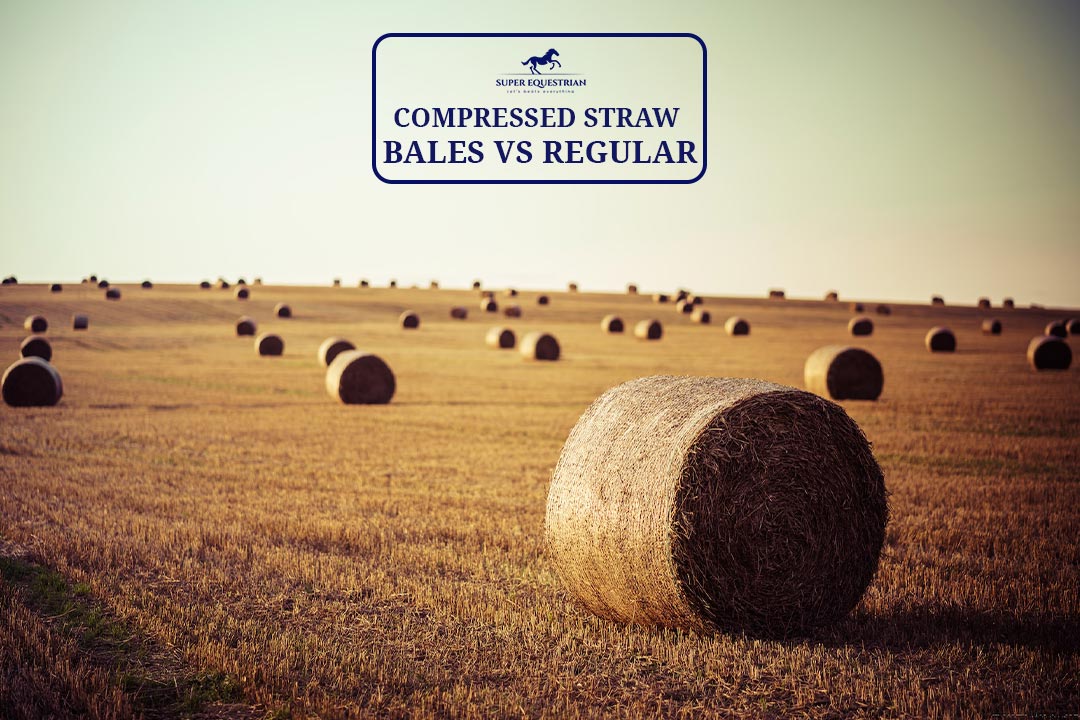
Compressed Straw Bales Vs Regular? ...

Horse Riding Lessons For Intermediate ...

Horse Trailer Brands To Avoid...

Strawberry Roan vs Red Roan? ...
.jpg)
Gelding vs Stallion...
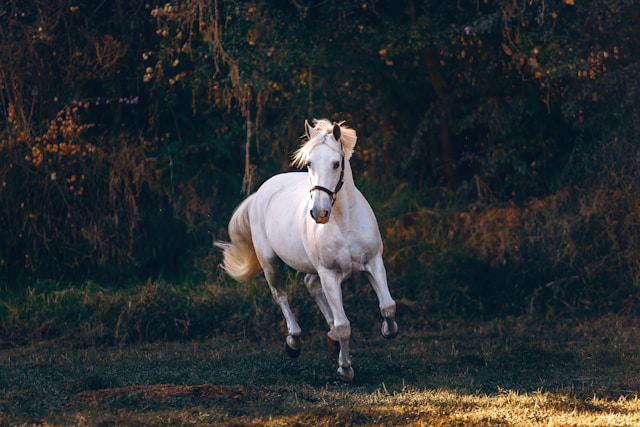
Why Does a Horse Whinny? ...
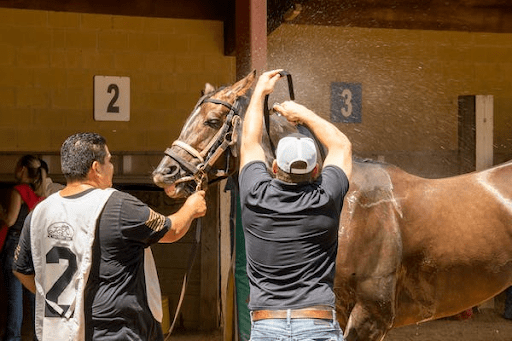
How to Clean a Rusty ...
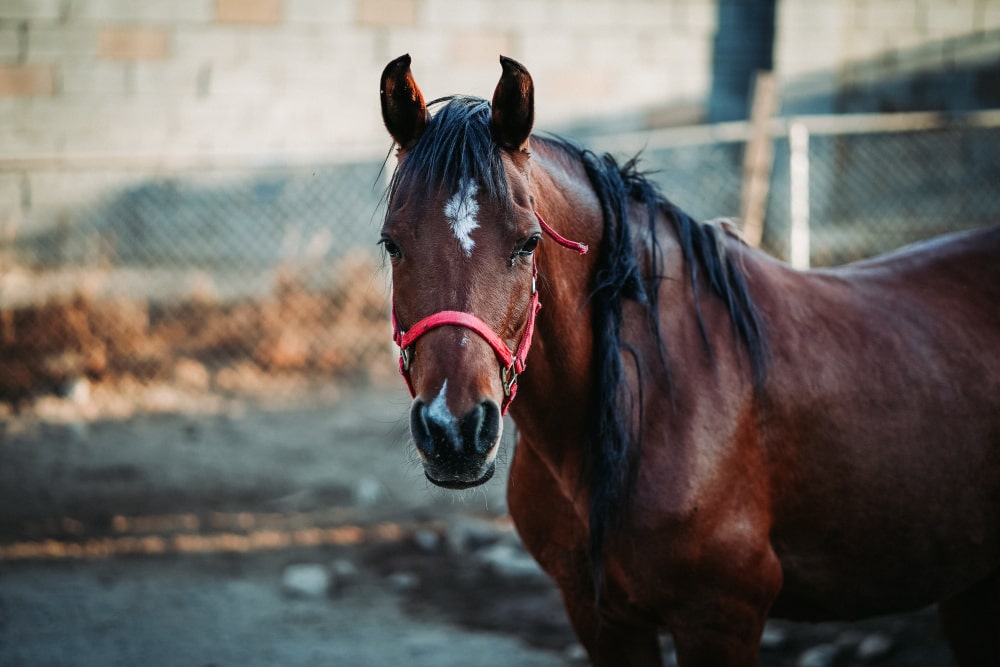
Why Do Horses Foam at ...

Why Do Horses Bob Their ...

Nutrition Unveiled: Triple Crown Senior ...
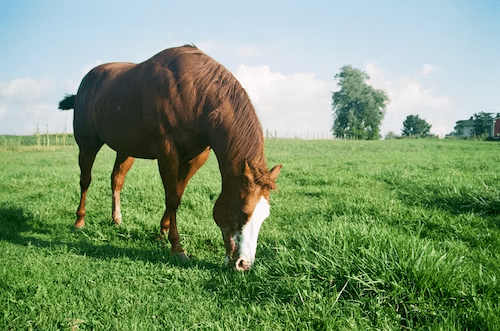
Pasture Pro Vs. Grazon: Horse-...

Dutch Gag Vs. Pelham: Bits ...
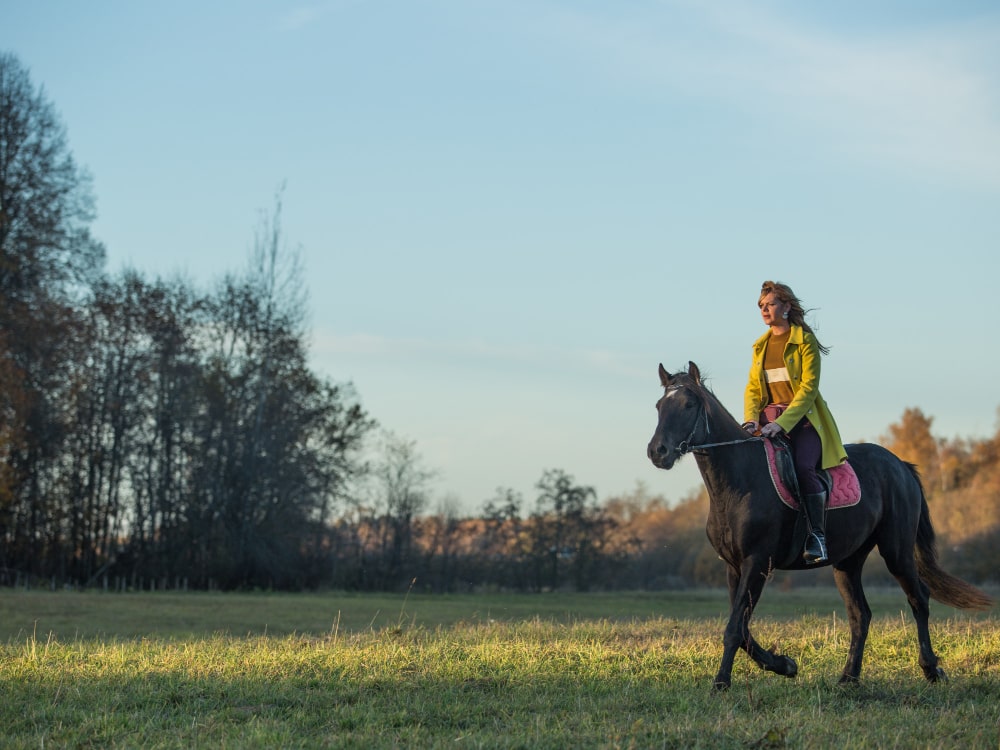
Walking Horse vs Racking Horse: ...
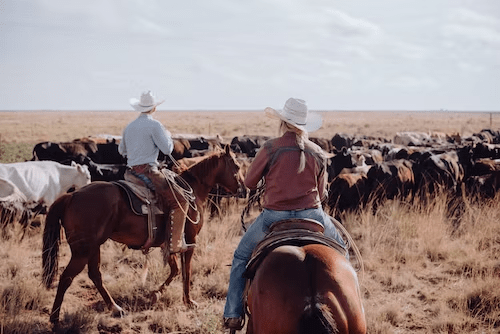
Wade vs Association Saddle: Your ...
.jpg)
Step Up vs Ramp Horse ...

Bosal vs Hackamore: A Head-...
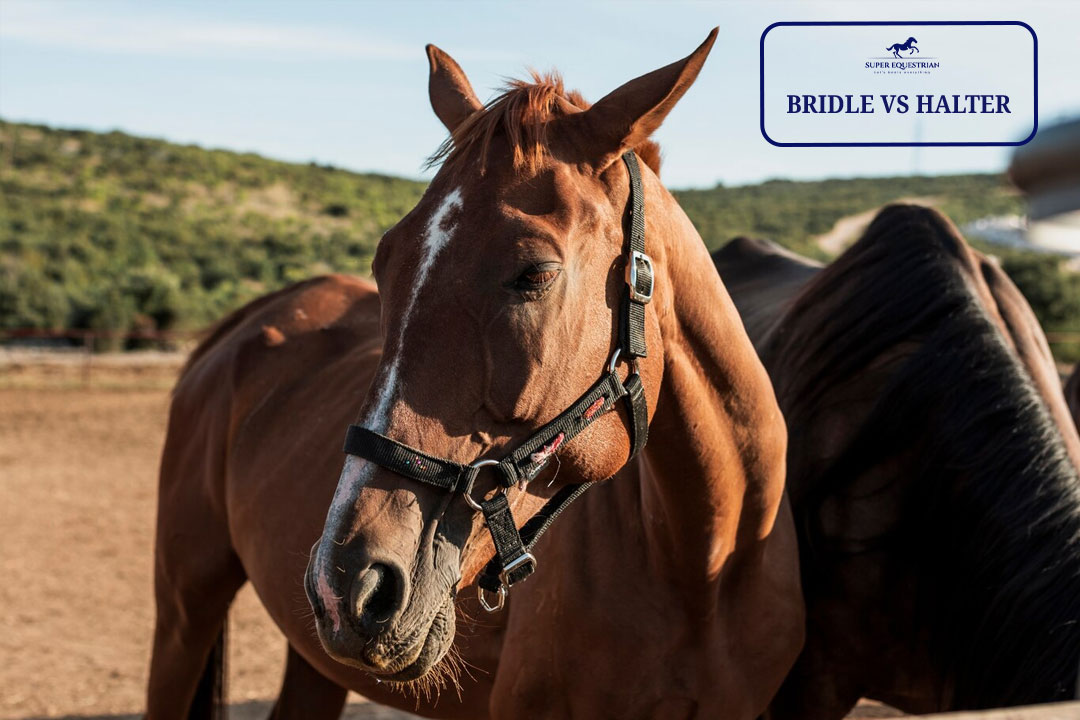
Bridle Vs Halter: Which One ...

Paddock Boots Vs Riding Boots: ...

Shadow Horse Trailer Problems: Causes, ...
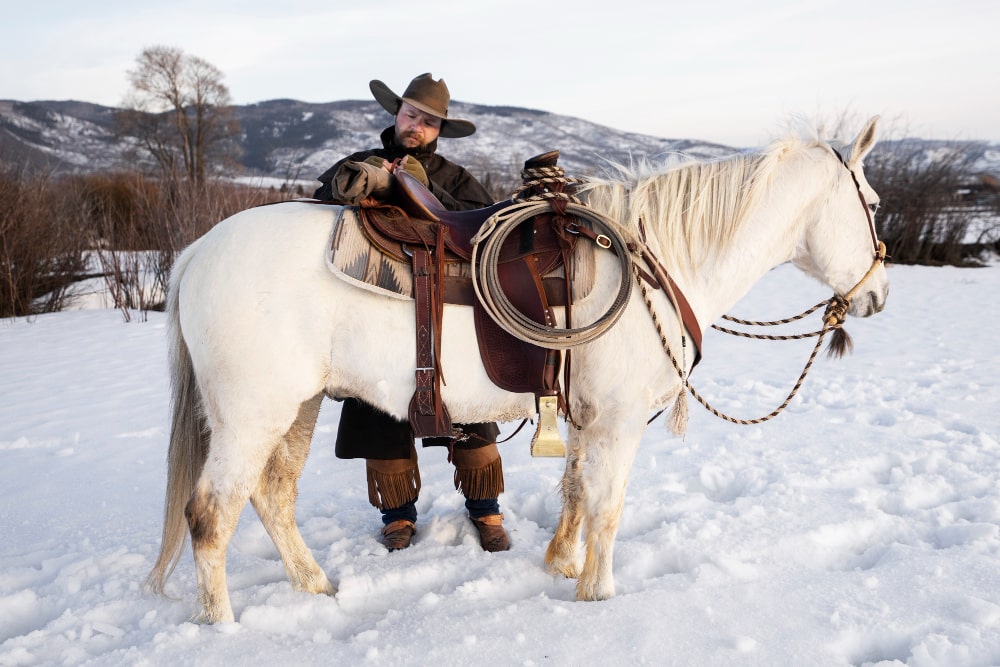
Are Billy Cook Saddles Good - ...

Let's Start at the ...
Benefits of Beet Pulp for ...
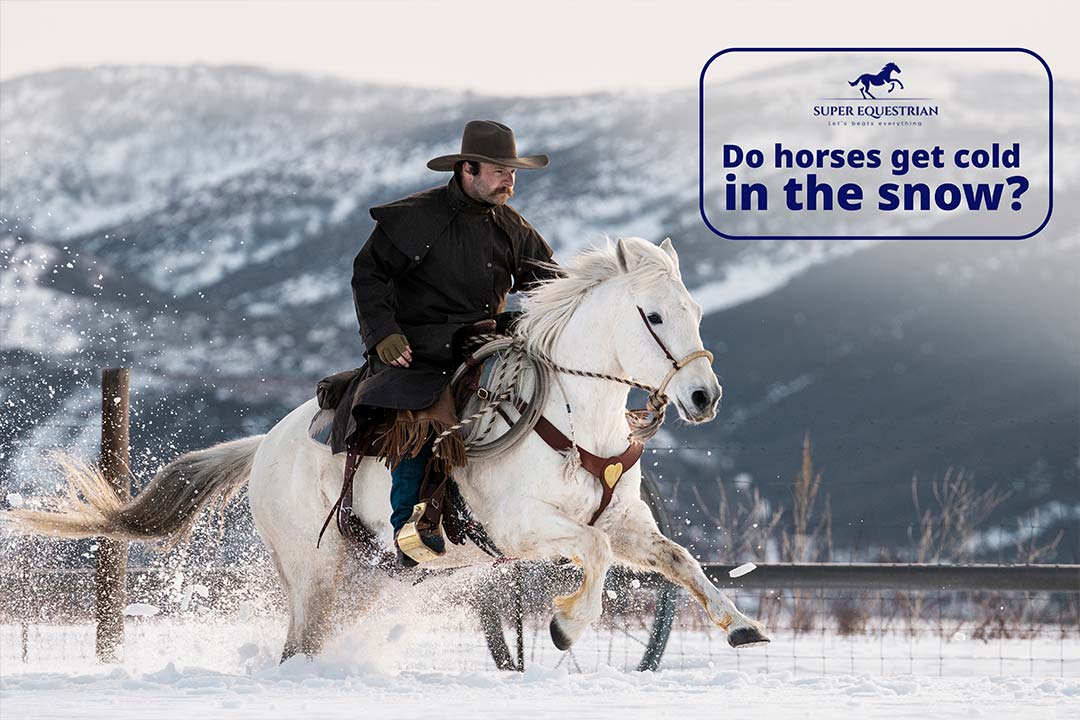
Do horses get cold in ...
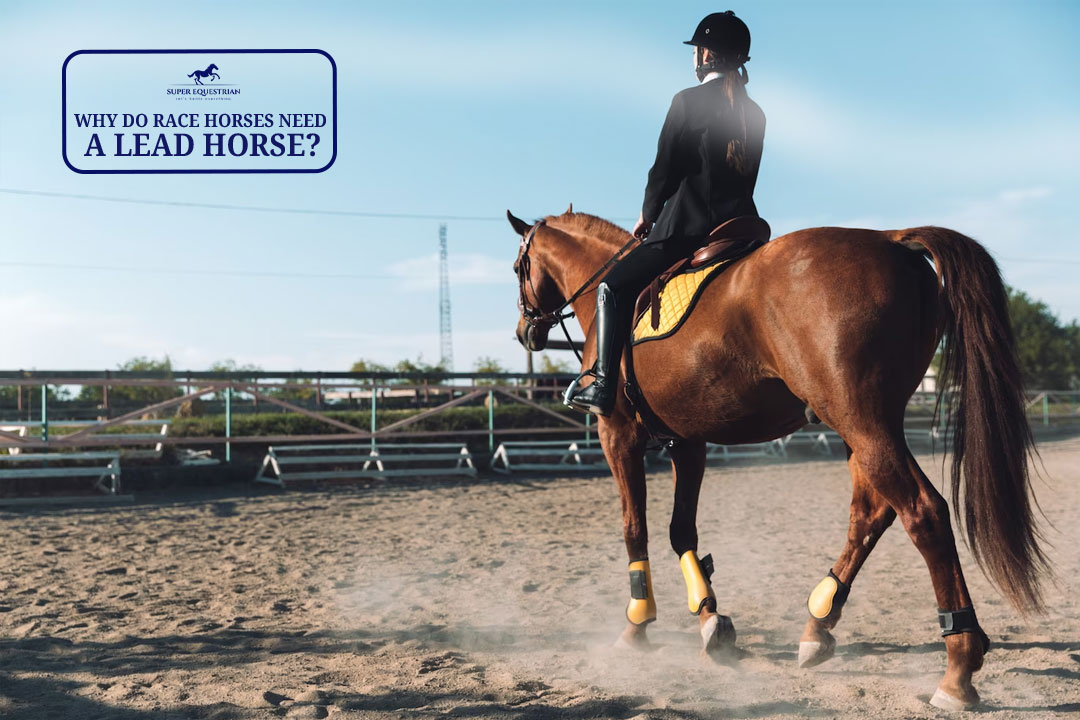
Why Do Race Horses Need ...
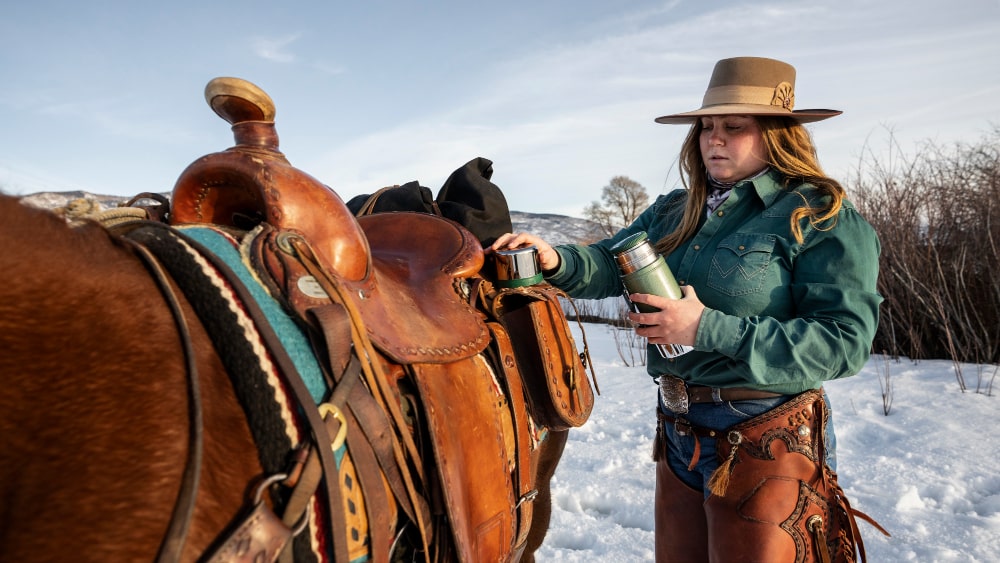
Ranch Saddle vs. Roping Saddle: ...

Round Pen vs Square Pen ...

Must Have Horse Trailer Accessories: ...
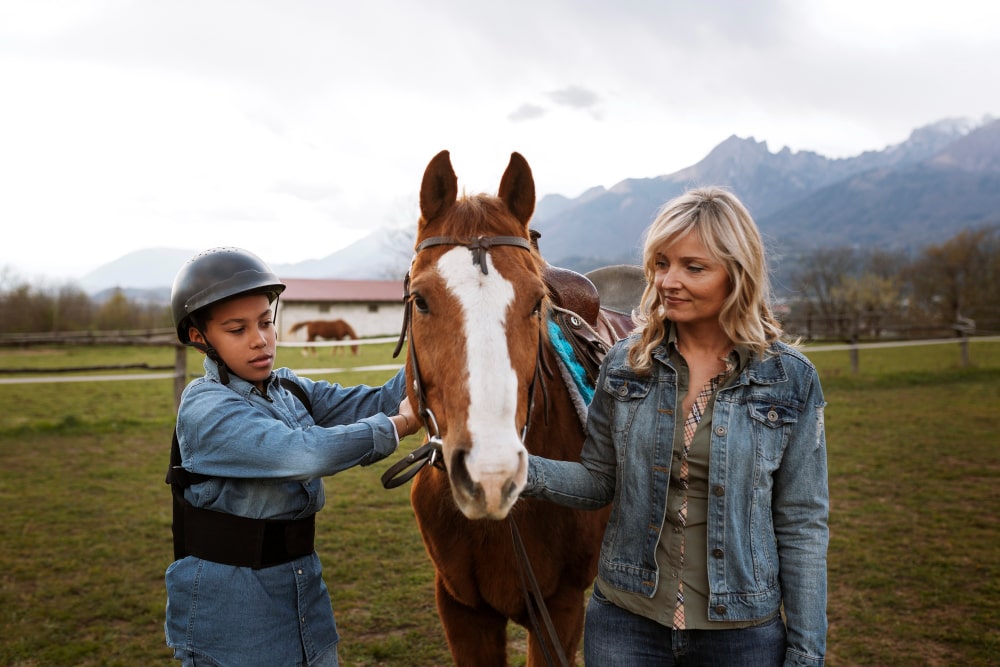
Is MIPS Worth for Equestrian?...
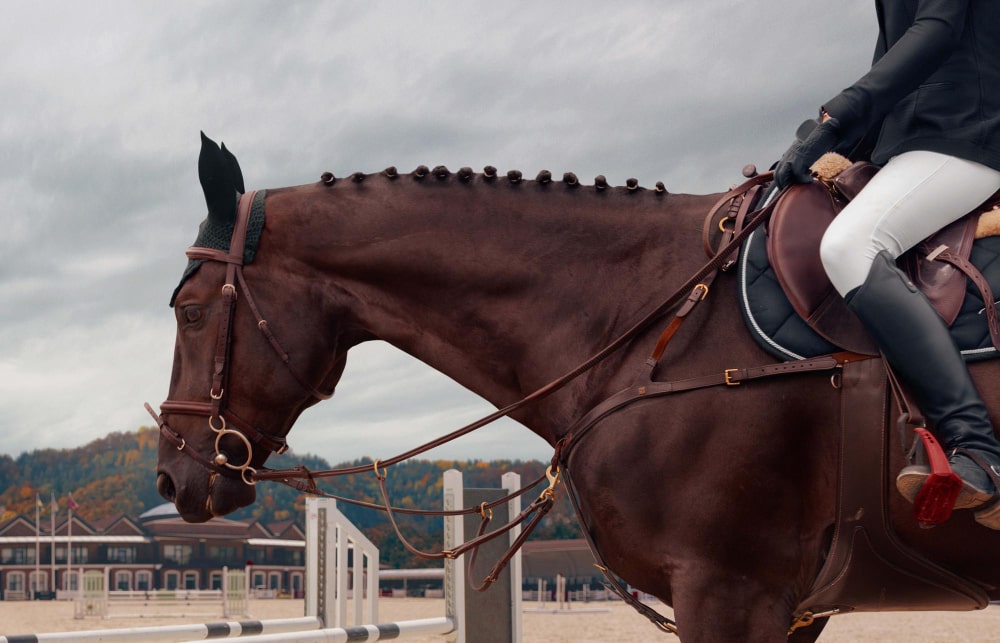
Natural Horsemanship vs Positive Reinforcement: ...

How to Mount a Horse ...
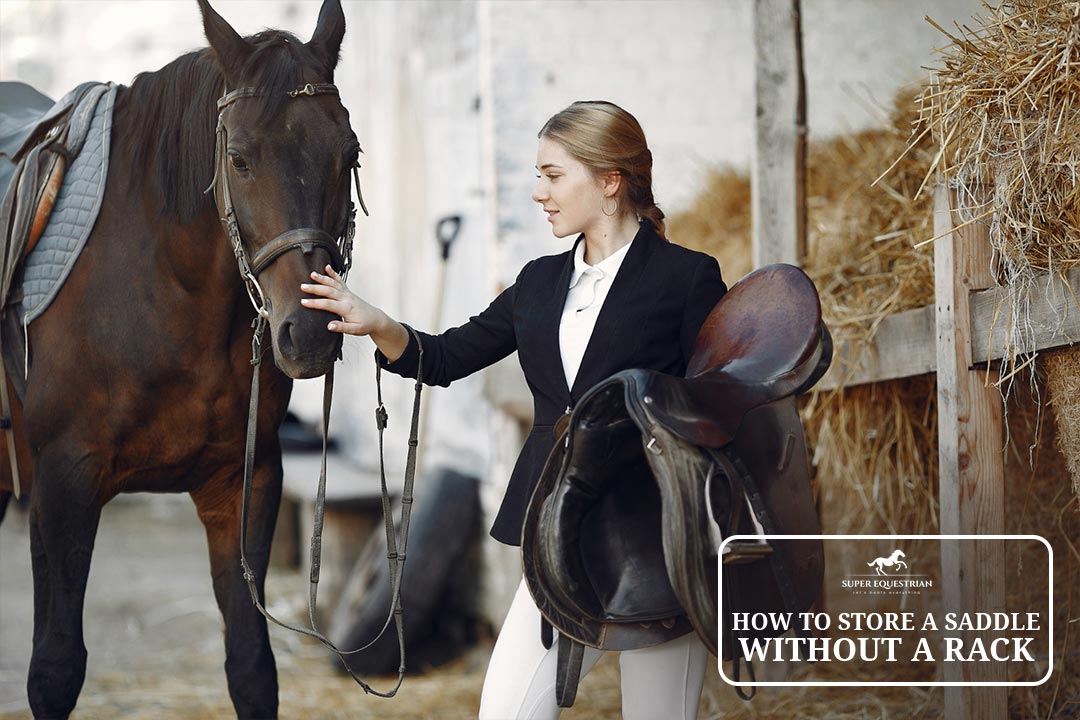
How to Store a Saddle ...

Why are Stirrups Important in ...
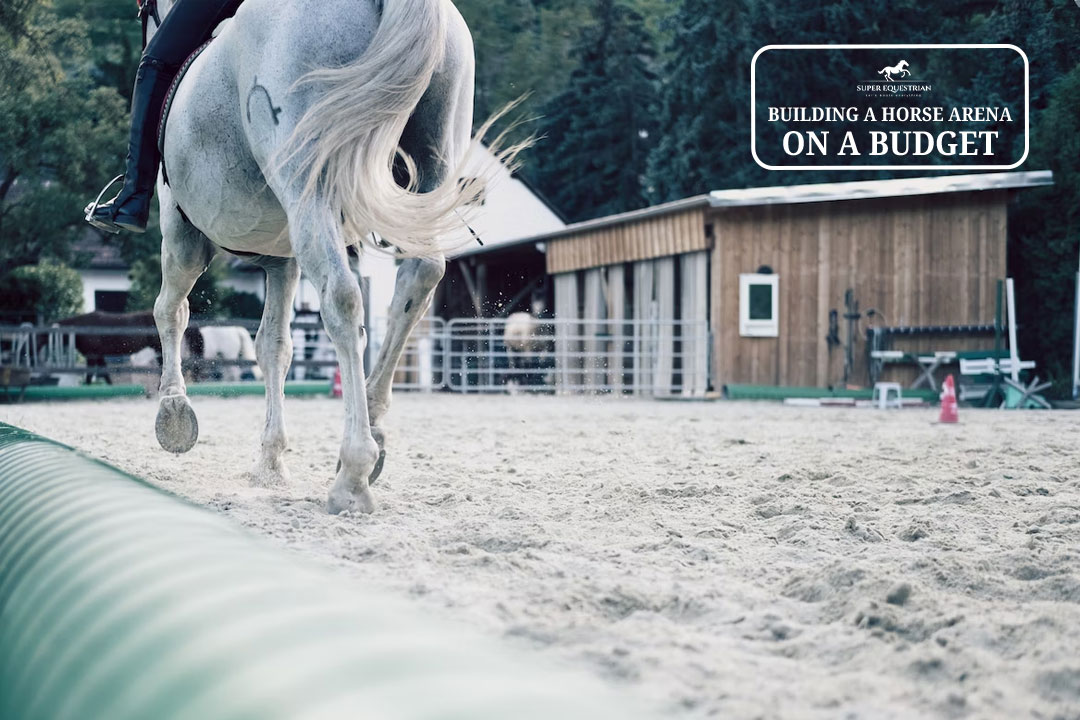
Building a Horse Arena on ...

How to Make Horse Treats ...

Order of Grooming a Horse...

Horse Riding Lessons Plan: The ...

Horse Trailer Roof Replacement and ...
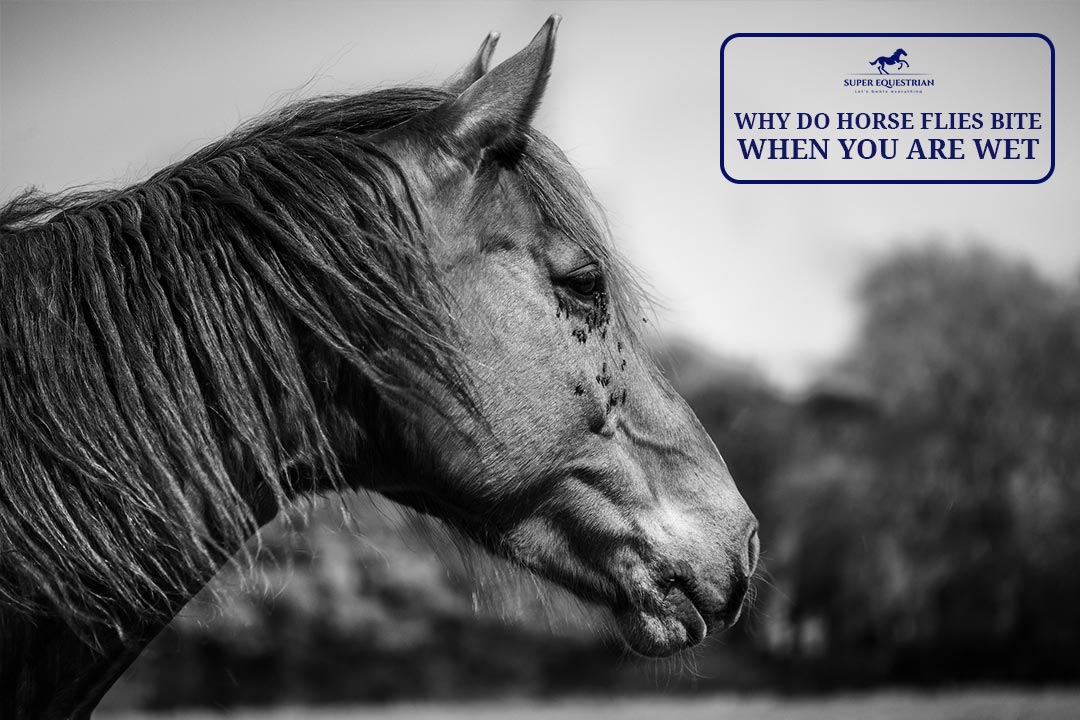
Why Do Horse Flies Bite ...
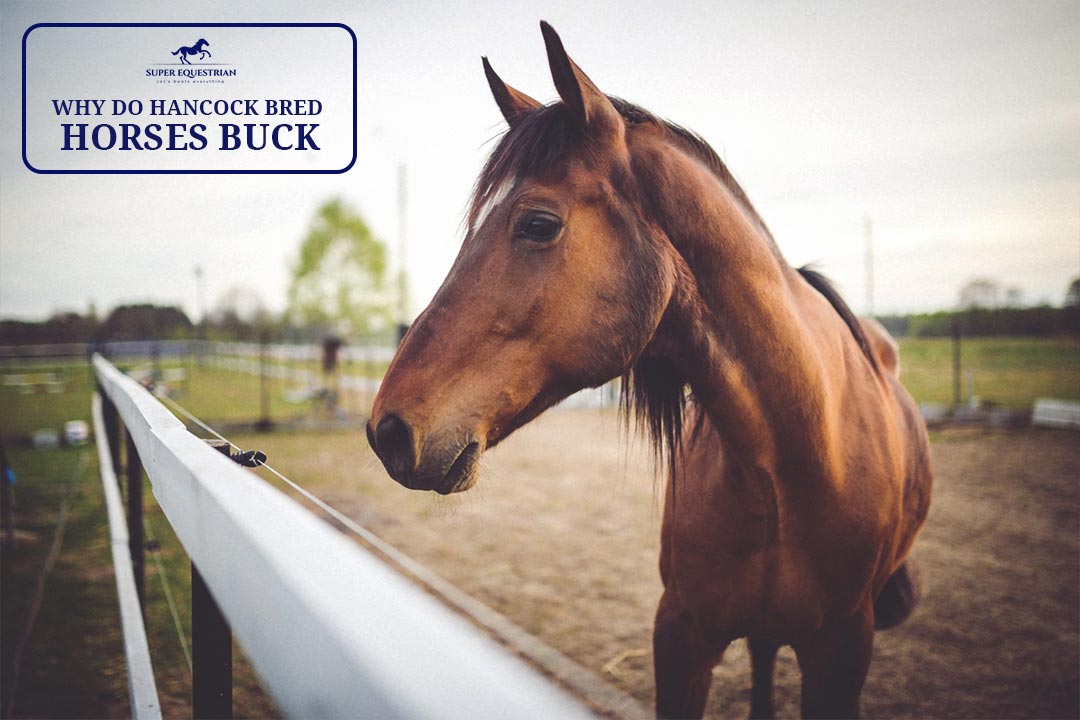
Why Do Hancock Bred Horses ...

Quarter Horse Bloodlines to Avoid...
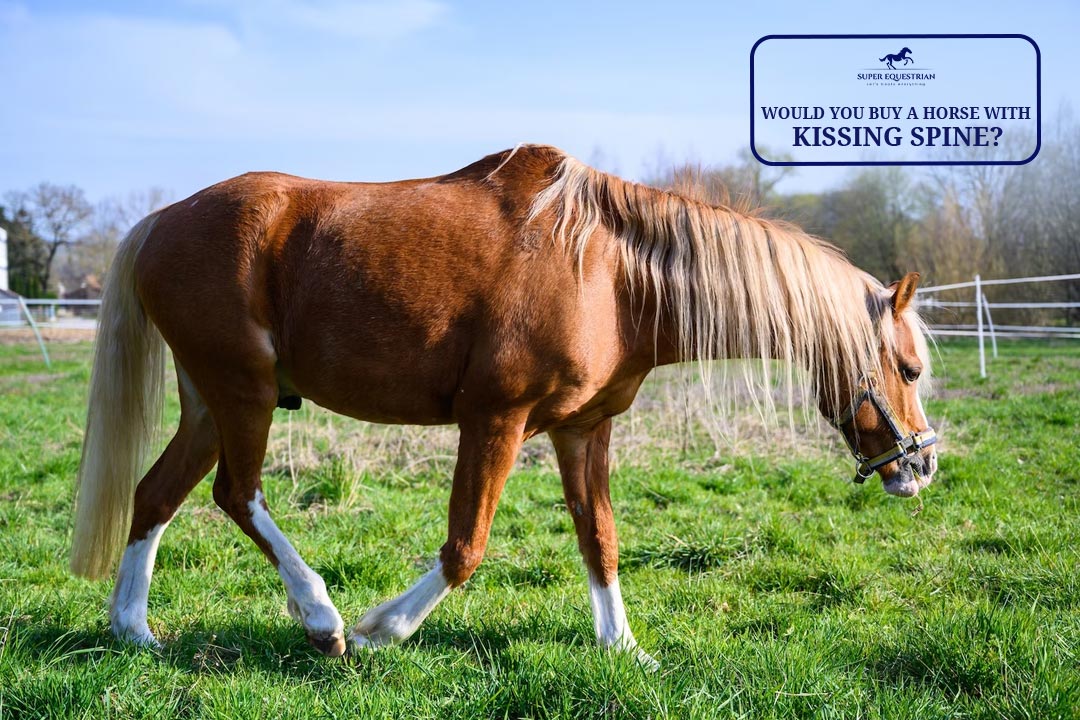
Would You Buy a Horse ...

Why Do Horses Allow Us ...

Would you buy a horse ...

Why Are Klapper Bits So ...

Why do horses need to ...

Why do you mount a ...

When Should You Retire A ...

Why Are Horses Whipped When ...
.jpg)
Why Do Horses Have A ...
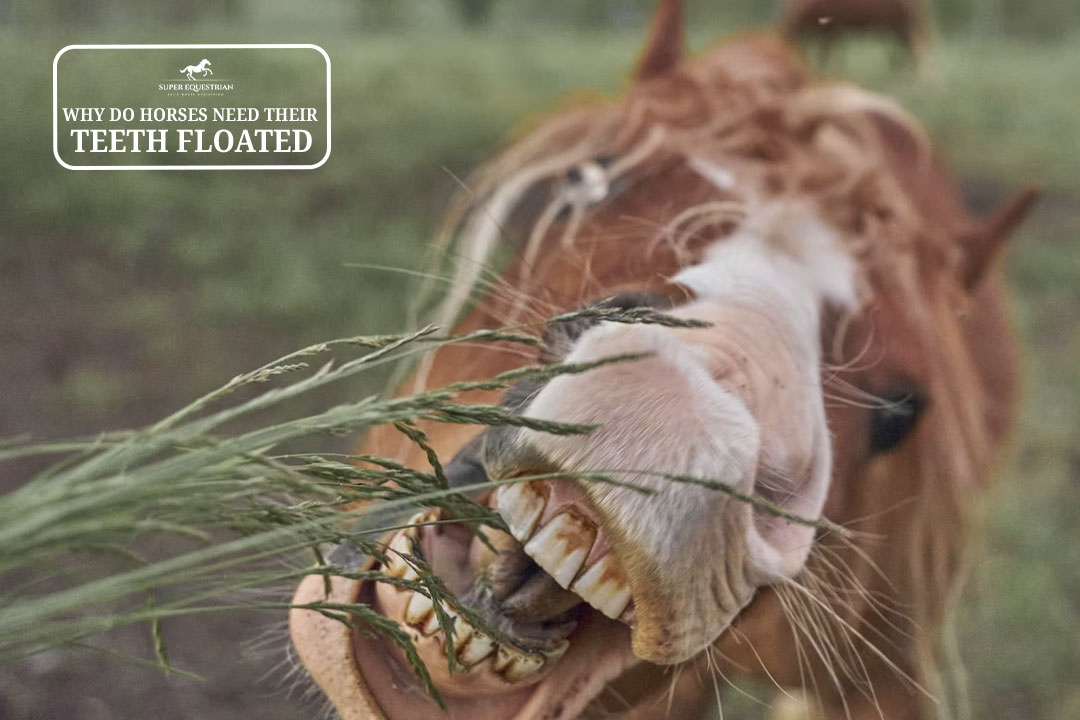
Why Do Horses Need Their ...

What To Do If Horse ...

What To Do If A ...
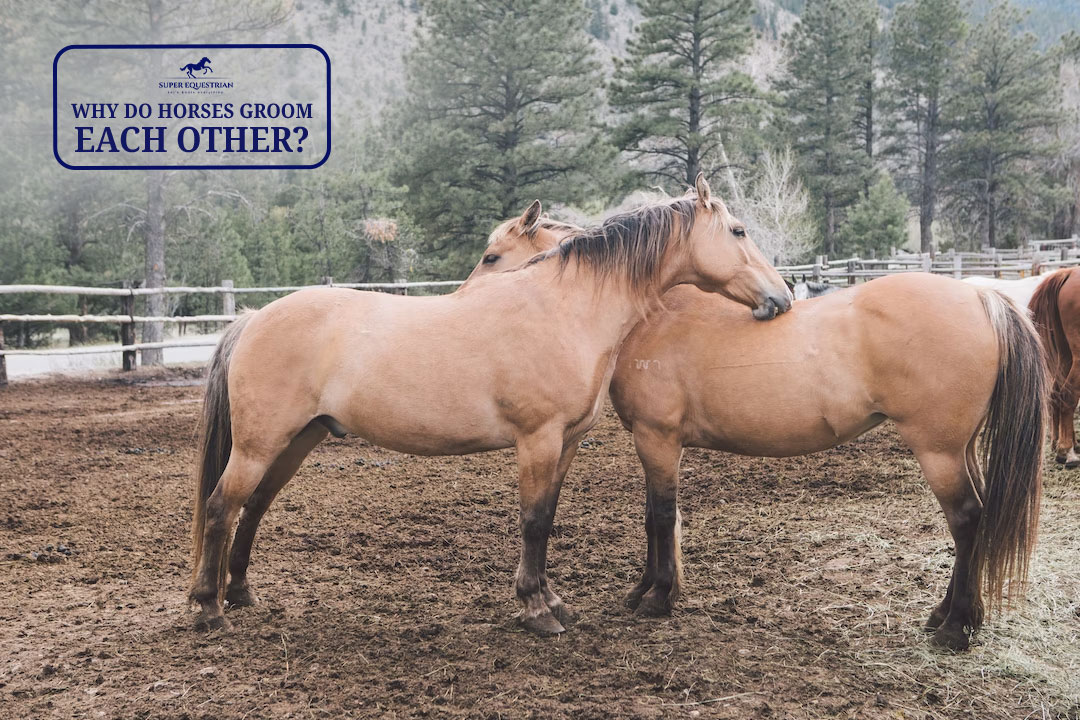
Why do horses groom each ...
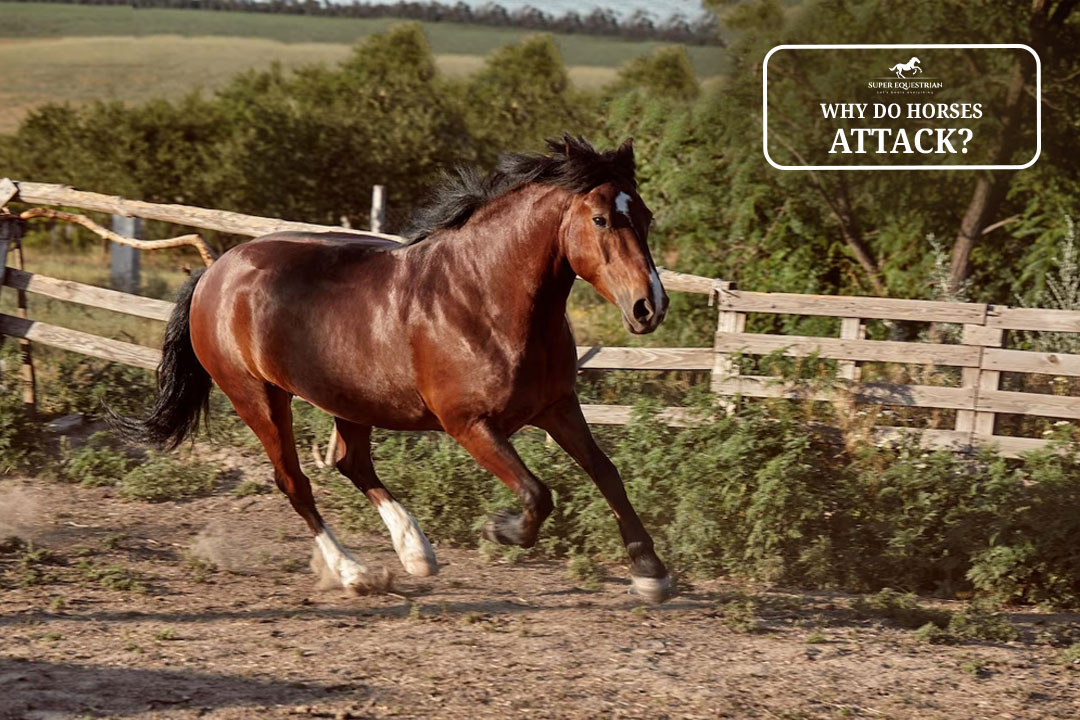
Why do horses attack...

Should I Use a Martingale ...

How to fit bell boots ...
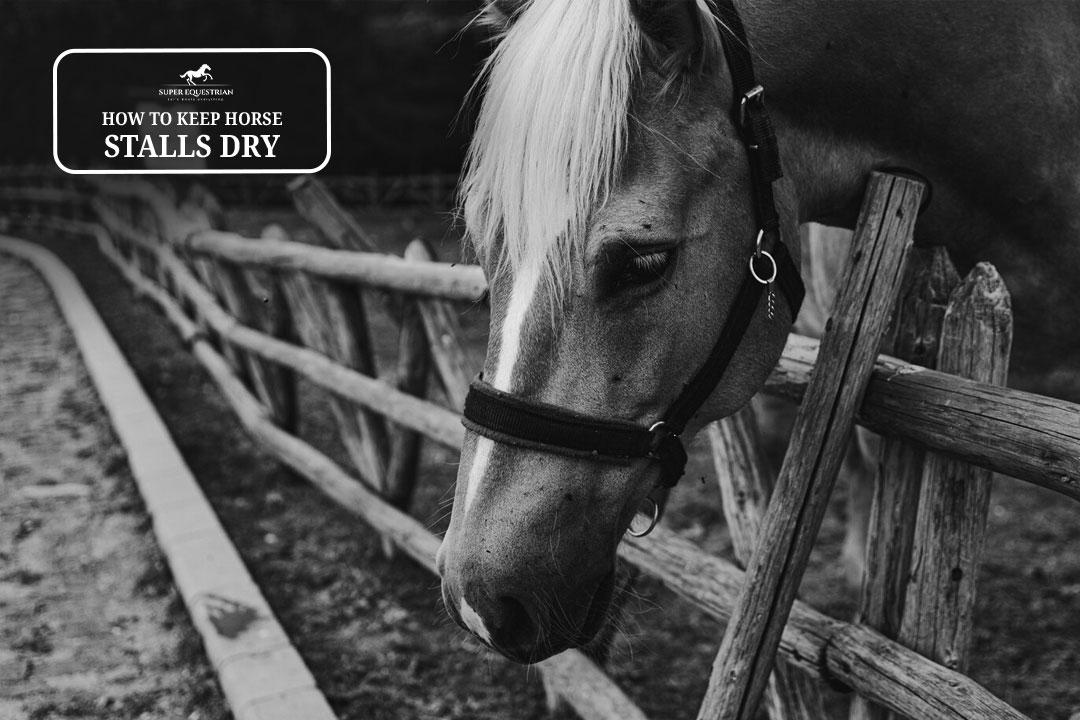
How To Keep Horse Stalls ...
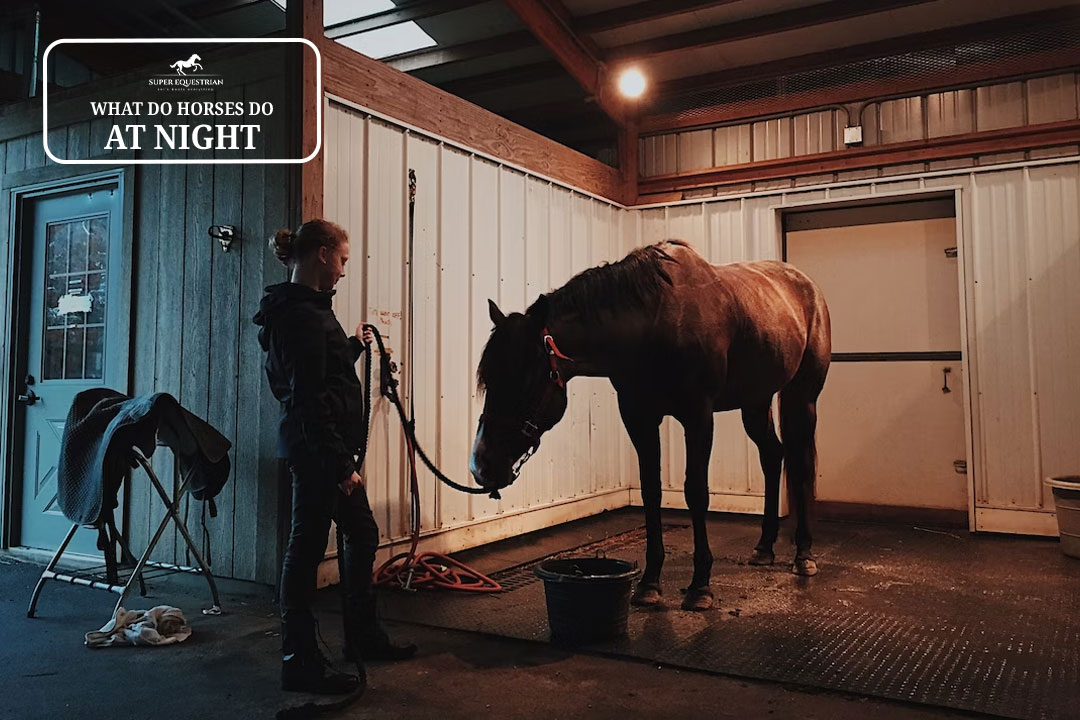
What Do Horses Do At ...
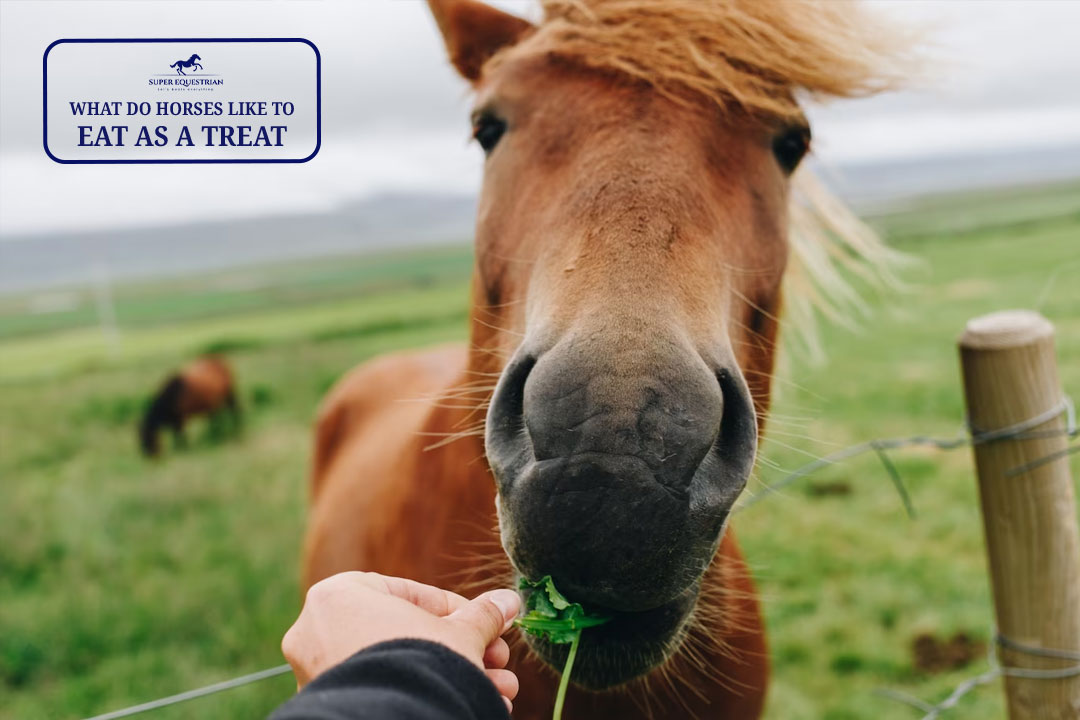
What do horses like to ...

Why do wild horses get ...

Can you ride a horse ...

Are horses protective of their ...

Why racking horses are popular ...
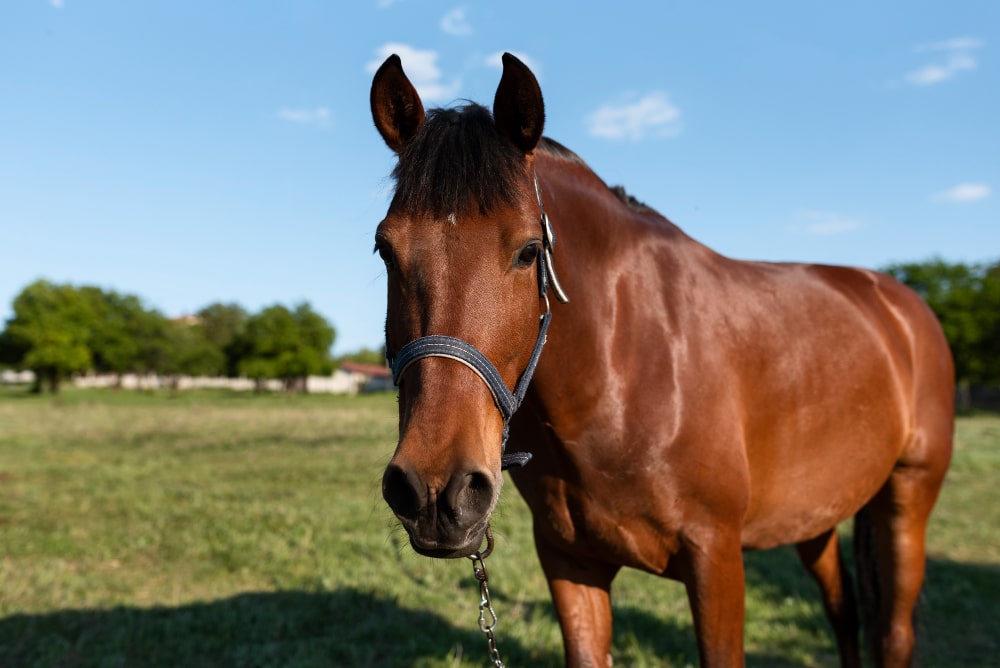
How To Keep Horses Off ...
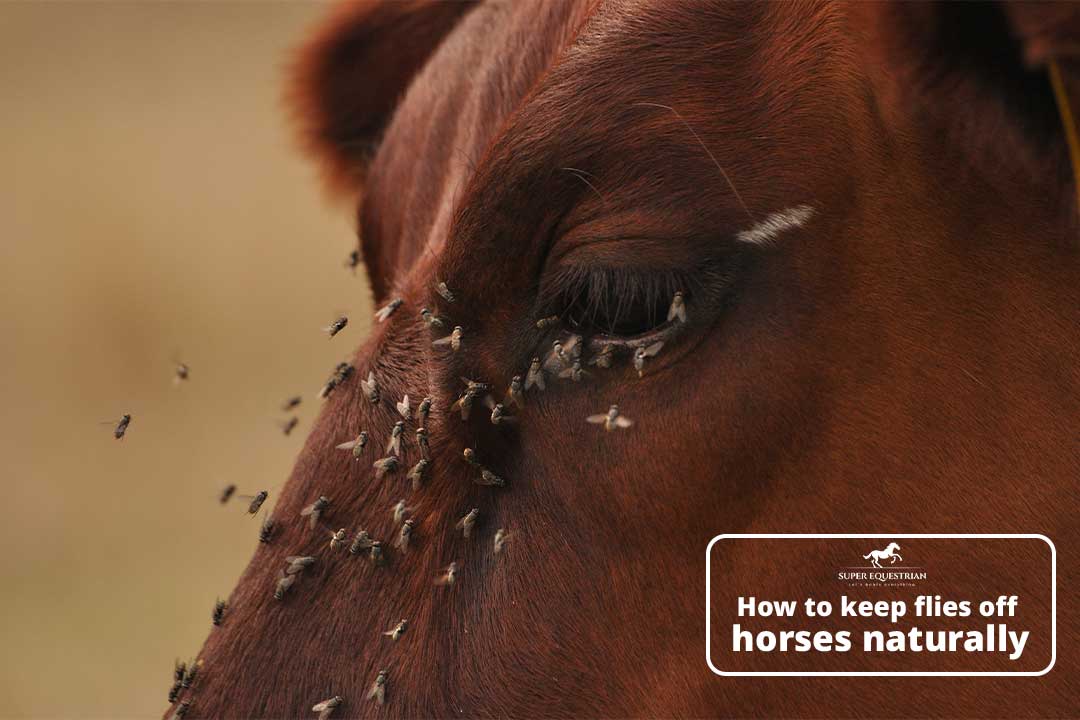
How to Keep Flies Off ...

Pros and Cons Using A ...
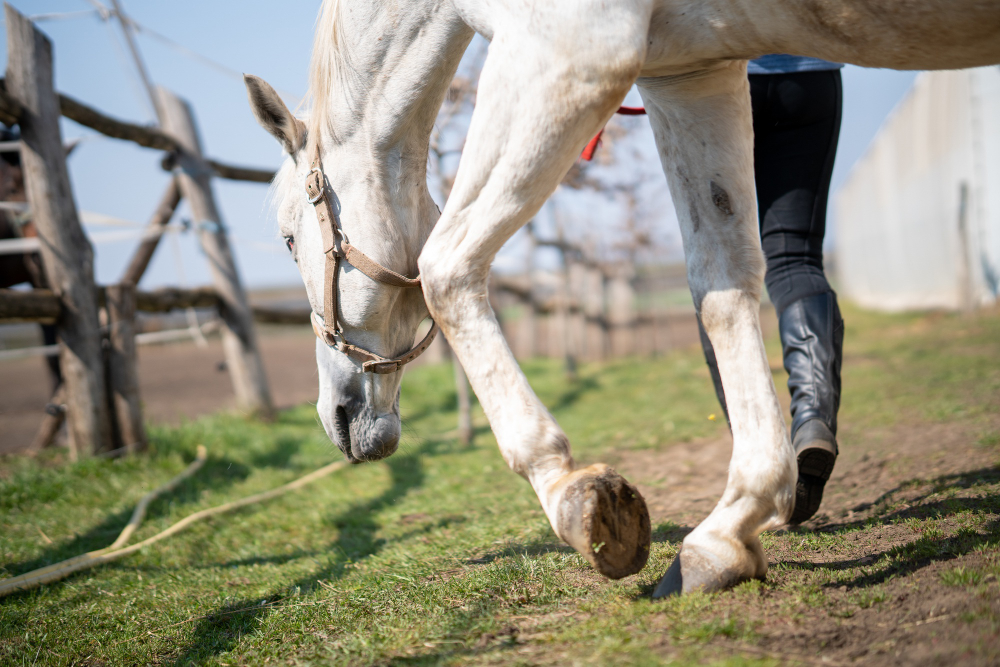
Can you ride a horse ...

Why are Corriente saddles so ...
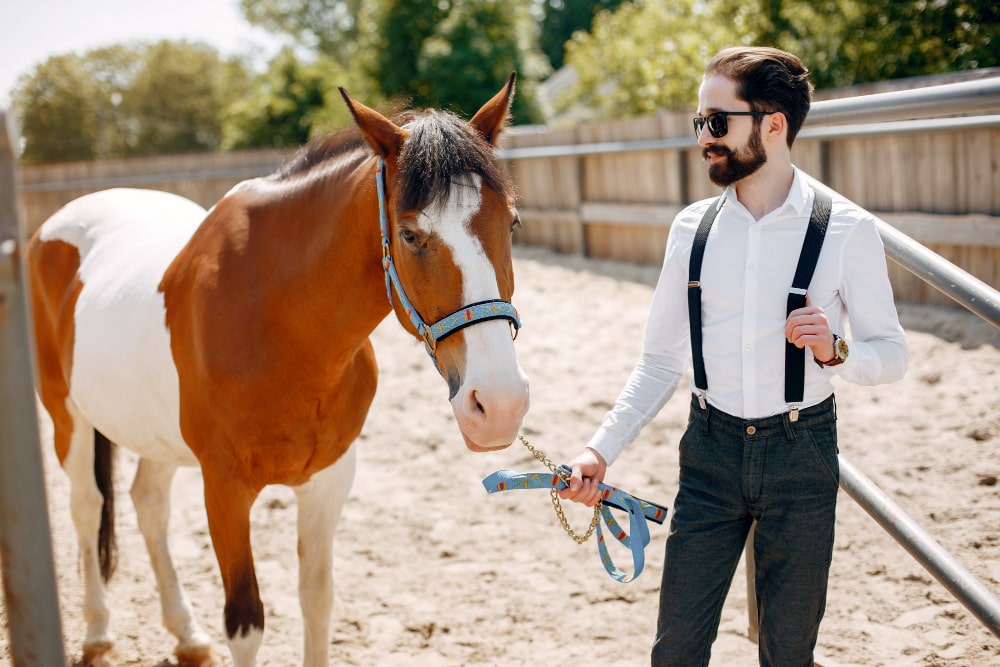
Pros and cons of equine ...
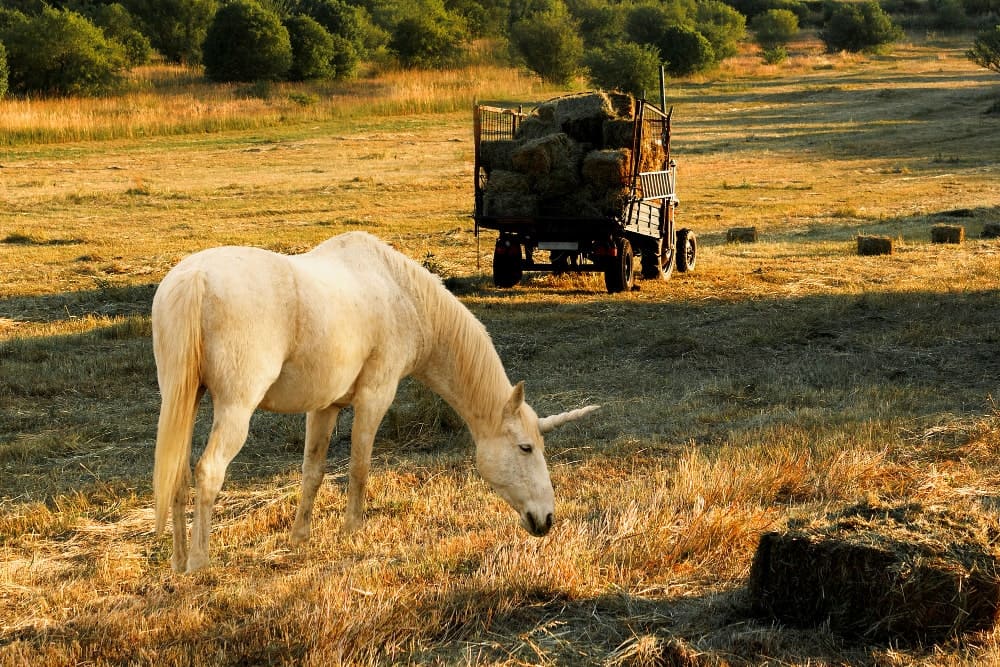
How Long After Mowing Can ...

How to Care for a ...
.jpg)
Why Do Horses Wear Blinders: ...
.jpg)
How to fit an exercise ...

Why is my horse bucking ...
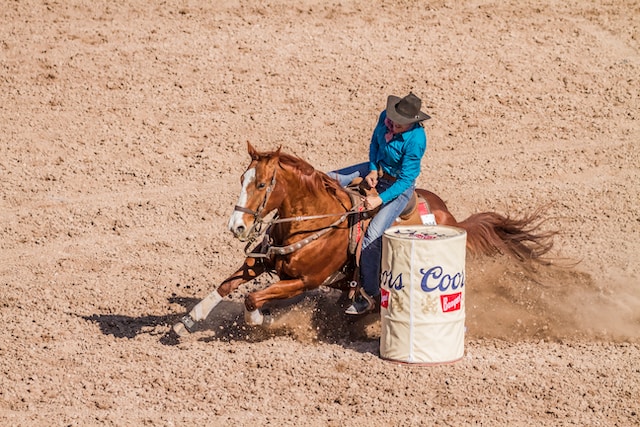
What causes a horse to ...

How to Stop a Horse ...
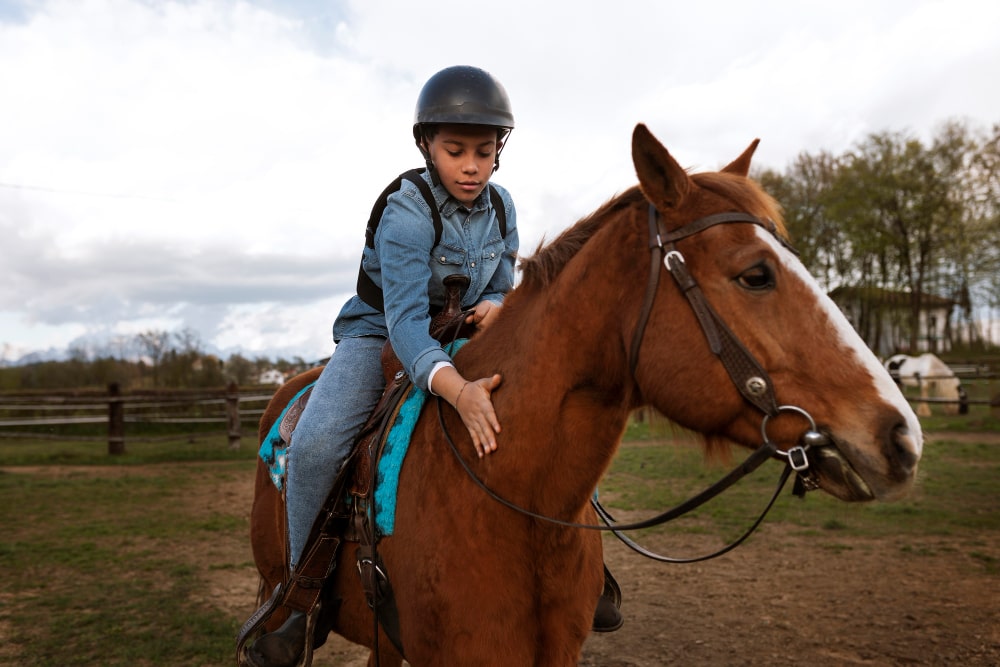
Why Is My Horse Bunny ...
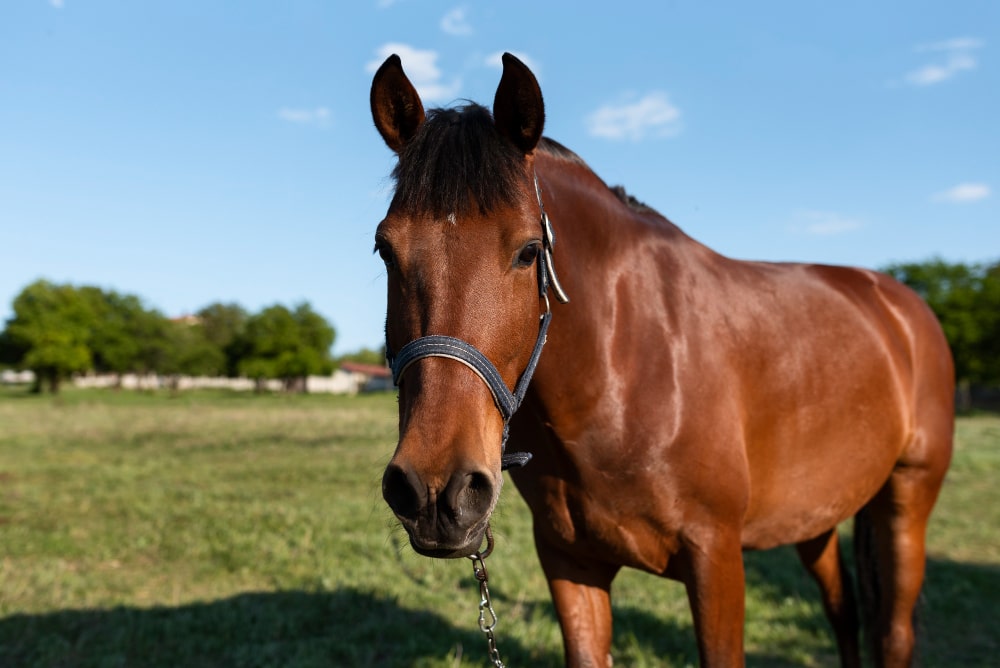
How To Improve Pasture For ...
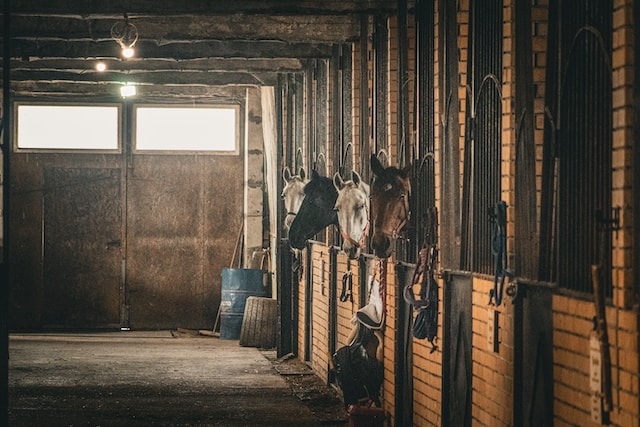
How to get the smell ...

Can you add ramp to ...

What Is The Temperament Of ...
.jpg)
Why Is Friesian Horse Hair ...
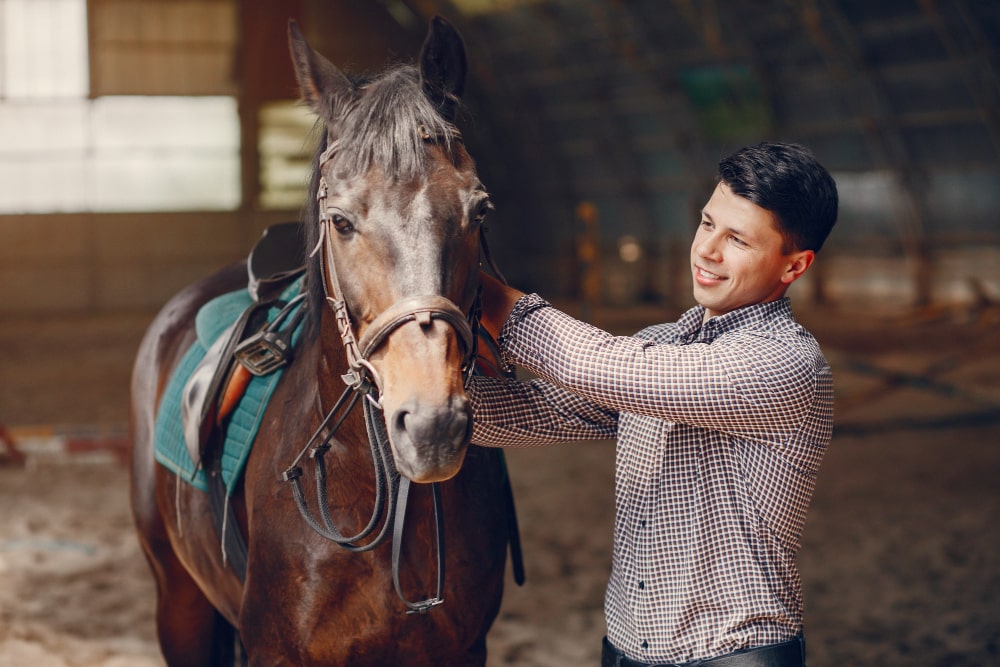
Why is my horse testing ...
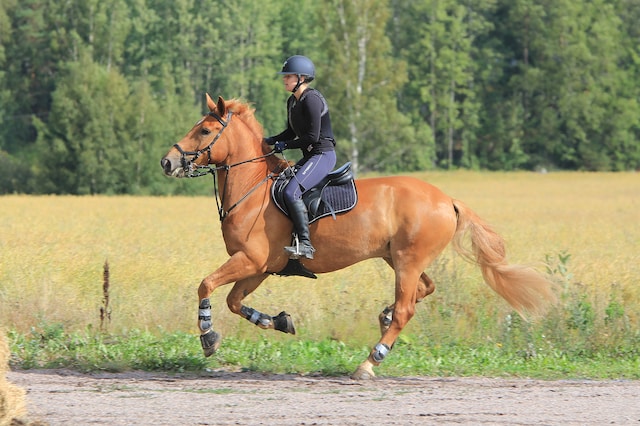
How often you should take ...

How long does it take ...

How do horses adapt to ...

How To Prepare For A ...
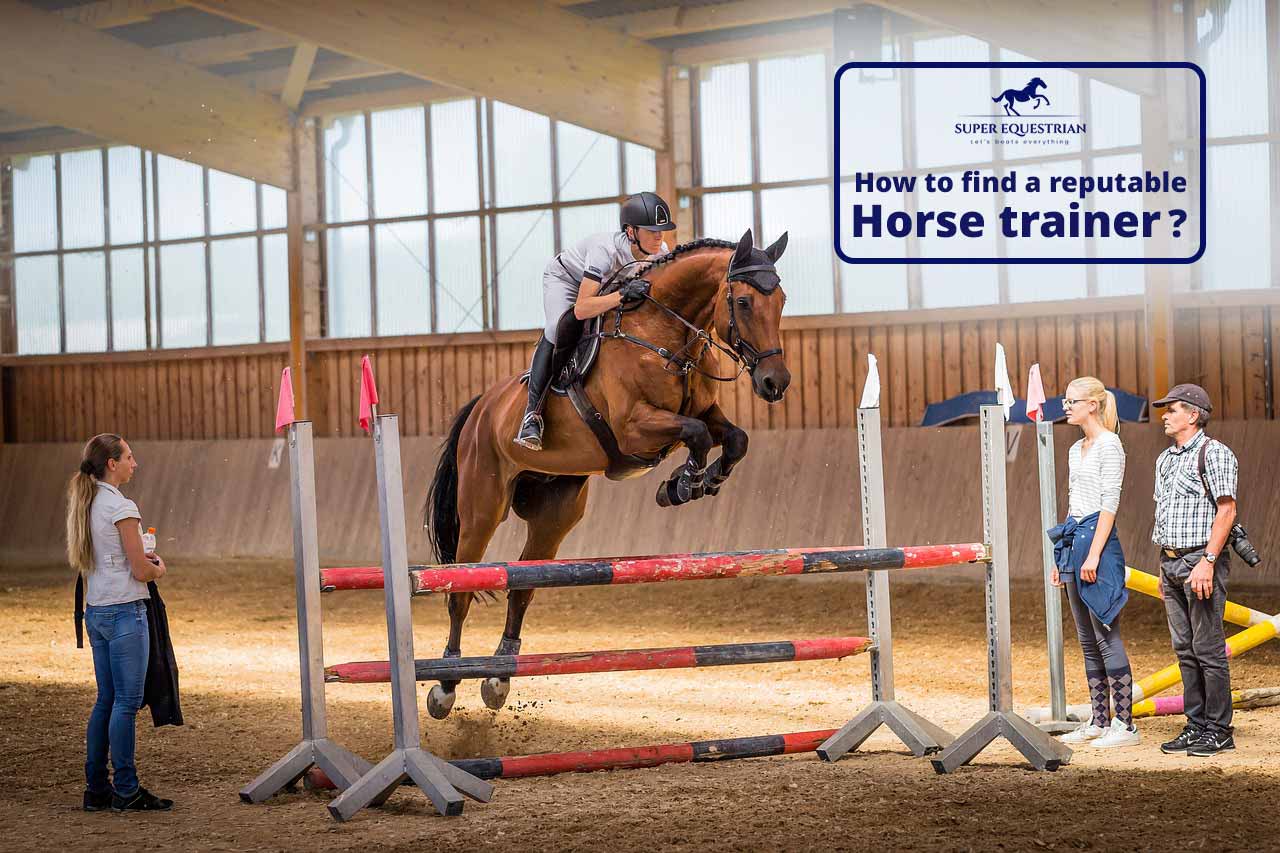
How To Find A Reputable ...
.jpg)
Do Horses Get Medals at ...

How to create a horse-...